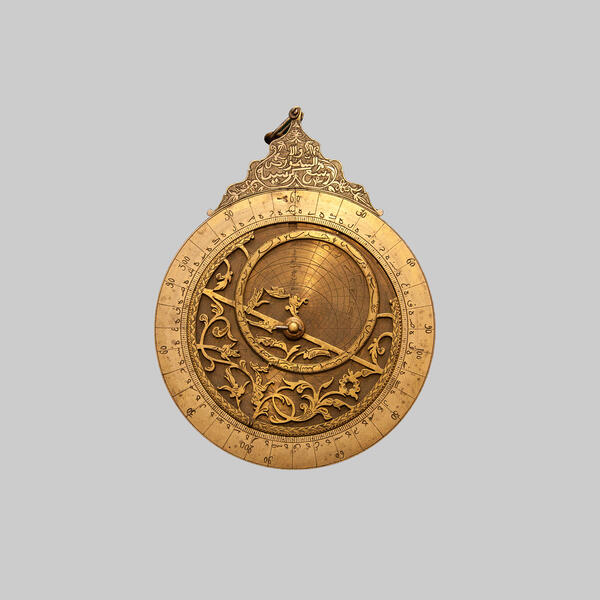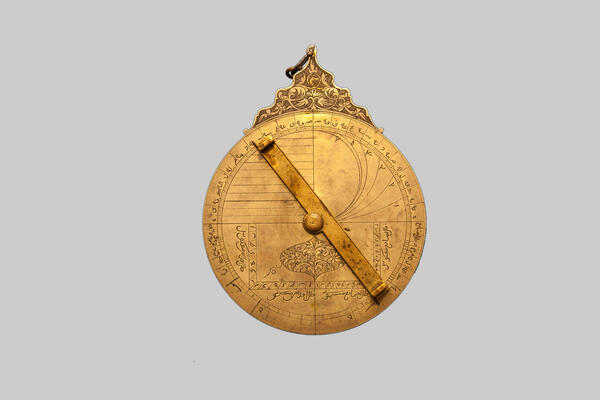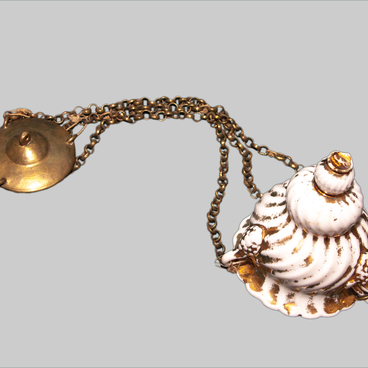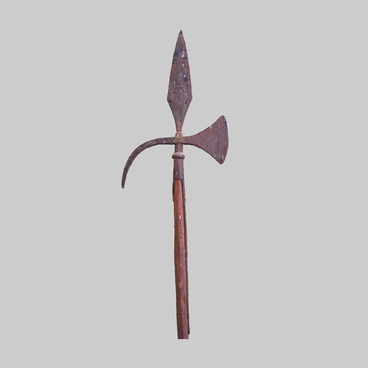This is an ancient astronomical device. It was used to measure horizontal angles and determine the latitude and longitude of celestial bodies. The famous Siberian researcher Igor Belich revealed its history. In his opinion, the astrolabe in the exhibition of the Governor’s Palace of the Tobolsk Museum comes from the city of Isfahan, which in Iran was often called Nesfe Jahan — “Half of the world”. It was probably made in the 17th century, when Isfahan was the capital of the Safavid state. And the European (they are also Arabic) numbers on its outer ring of the scale, digitized in degrees and hours, were engraved later, when it came to the Russian Empire.
By this relic we can tell about intellectual life of the Siberian Muslims of the 19th century. It points to broad cultural ties and, of course, a notable level of interest in traditional Muslim Sciences.
The “Science of the stars” (or an-nudzhum), or astronomy, improved in the Arab world and has always been an honorable and encouraged occupation all over the Muslim East. Natural science knowledge helped Muslims to conduct five daily prayers - namaz and observe the fast in the month of Ramadan.
By this relic we can tell about intellectual life of the Siberian Muslims of the 19th century. It points to broad cultural ties and, of course, a notable level of interest in traditional Muslim Sciences.
The “Science of the stars” (or an-nudzhum), or astronomy, improved in the Arab world and has always been an honorable and encouraged occupation all over the Muslim East. Natural science knowledge helped Muslims to conduct five daily prayers - namaz and observe the fast in the month of Ramadan.




